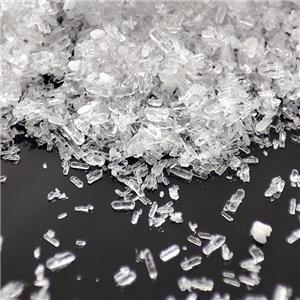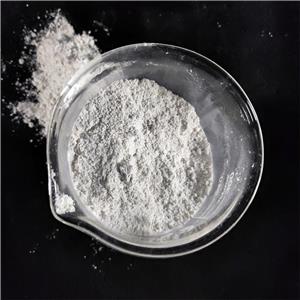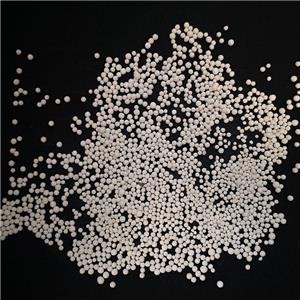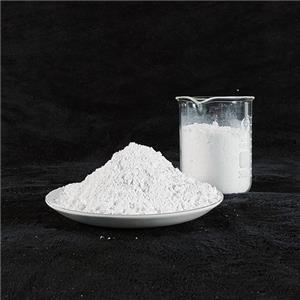Is magnesium hydroxide a fire retardant?-2
Applications
Magnesium hydroxide is commonly used as a flame retardant in various materials, including:
Polymers and Plastics: It is incorporated into materials like polypropylene, polyethylene, and PVC to reduce flammability.
Rubber Products: Rubber materials used in cables, seals, and conveyor belts benefit from the addition of magnesium hydroxide for enhanced fire resistance.
Building Materials: It is used in coatings, panels, and insulation to improve fire performance in construction applications.
Limitations
While magnesium hydroxide offers numerous benefits, it also has some limitations:
High Loading Requirement: To achieve effective flame retardancy, a relatively high percentage of magnesium hydroxide is required, which can affect the mechanical properties of the host material.
Compatibility Issues: In some cases, it may not be compatible with certain polymers without surface treatment or the addition of coupling agents.
Conclusion
Magnesium hydroxide is a highly effective fire retardant with significant advantages, especially in terms of environmental safety and thermal performance. Its ability to absorb heat, release water vapor, and form a protective residue makes it an excellent choice for reducing flammability in a wide range of applications. However, its limitations must be carefully managed to ensure optimal performance in specific uses. As industries increasingly prioritize sustainable and non-toxic solutions, magnesium hydroxide is likely to see even broader adoption in the future.




